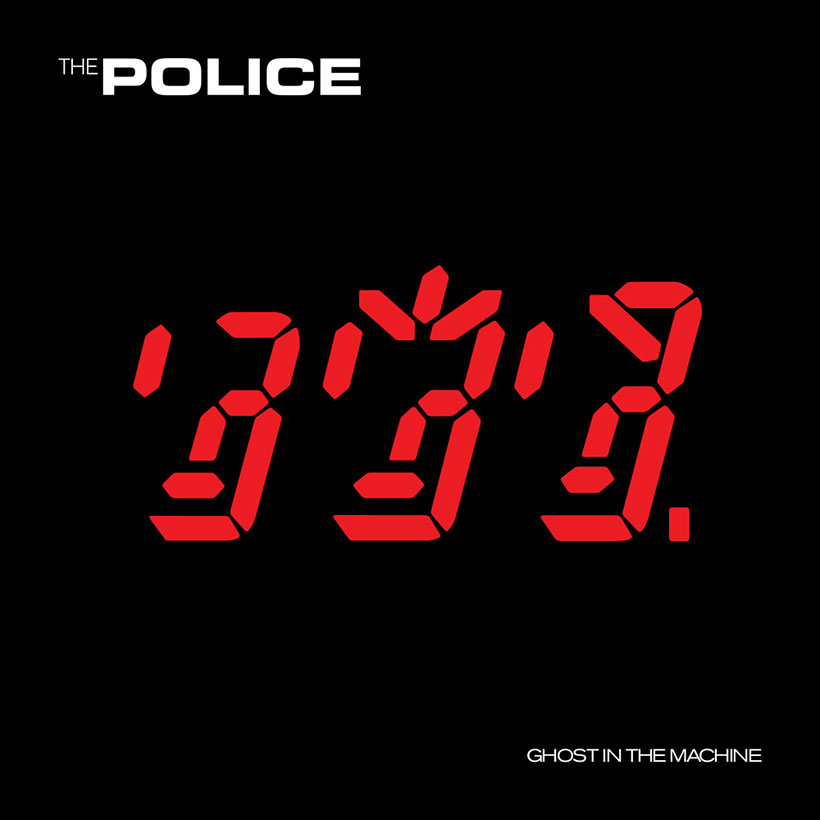The Police’s multi-platinum-selling third album, Zenyatta Mondatta, stayed on the US Billboard 200 for almost three years and included “Don’t Stand So Close To Me”: not only the band’s third British No.1 hit, but also the UK’s biggest-selling single of 1980. A phenomenal success by anyone’s standards, the record set Sting, Andy Summers, and Stewart Copeland on course for its follow-up, Ghost In The Machine, and the global superstardom they’d attain when their fifth LP, Synchronicity, was released in June 1983.
Behind the scenes, however, the creation of Zenyatta Mondatta had been fraught with difficulty as The Police and co-producer Nigel Gray felt pressure from their label, A&M, into completing the record in three weeks. Accordingly, things went right down to the wire, with the sessions finally wrapping at 4 a.m. on the very morning the band departed on their world tour to promote the LP.
Listen to Ghost In The Machine on Apple Music and Spotify.
By comparison, The Police had the relative luxury of six months to nail the songs for their fourth LP, Ghost In The Machine, released on October 2, 1981. With Genesis/The Human League producer Hugh Padgham replacing Gray behind the console, the record came together during sessions in Montreal’s Le Studio and at Sir George Martin’s plush AIR Studio complex on the Caribbean island of Montserrat.
Unlike the brittle, guitar-based Zenyatta Mondatta, however, Ghost In The Machine proffered a harder, denser sound with a far greater reliance on keyboards and brass textures, most of which were executed by the band’s primary songwriter, Sting. Songs such as “One World (Not Three)” and the sturdy “Too Much Information” were assembled around infectious horn riffs, while the piledriving “Demolition Man” (later covered by Grace Jones) and the Andy Summers-penned “Omega Man” ranked among the most aggressive songs in The Police’s canon.
Crucially, though, Ghost In The Machine also paraded a trio of the band’s most enduring singles. Built upon a looped synthesizer motif, the enigmatic “Invisible Sun” (which featured hard-hitting lyrics relating to the Northern Irish Troubles) was a brave choice to trail the album, but the gamble paid off when it peaked at No.2 in the UK. The nervy, reggae-tinged “Spirits In The Material World” also peaked just outside the Top 10 on both sides of the Atlantic, but the record’s smash hit was the joyous, Caribbean-flavored “Every Little Thing She Does Is Magic,” which climbed to No.3 in North America and again topped the UK charts in October 1981.
Promoted by a gargantuan, 120-date world tour with support bands ranging from Joan Jett And The Blackhearts to a nascent U2, Ghost In The Machine was greeted by a welter of positive reviews and eventually outsold its illustrious predecessor, going triple-platinum in the US alone.




